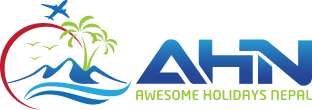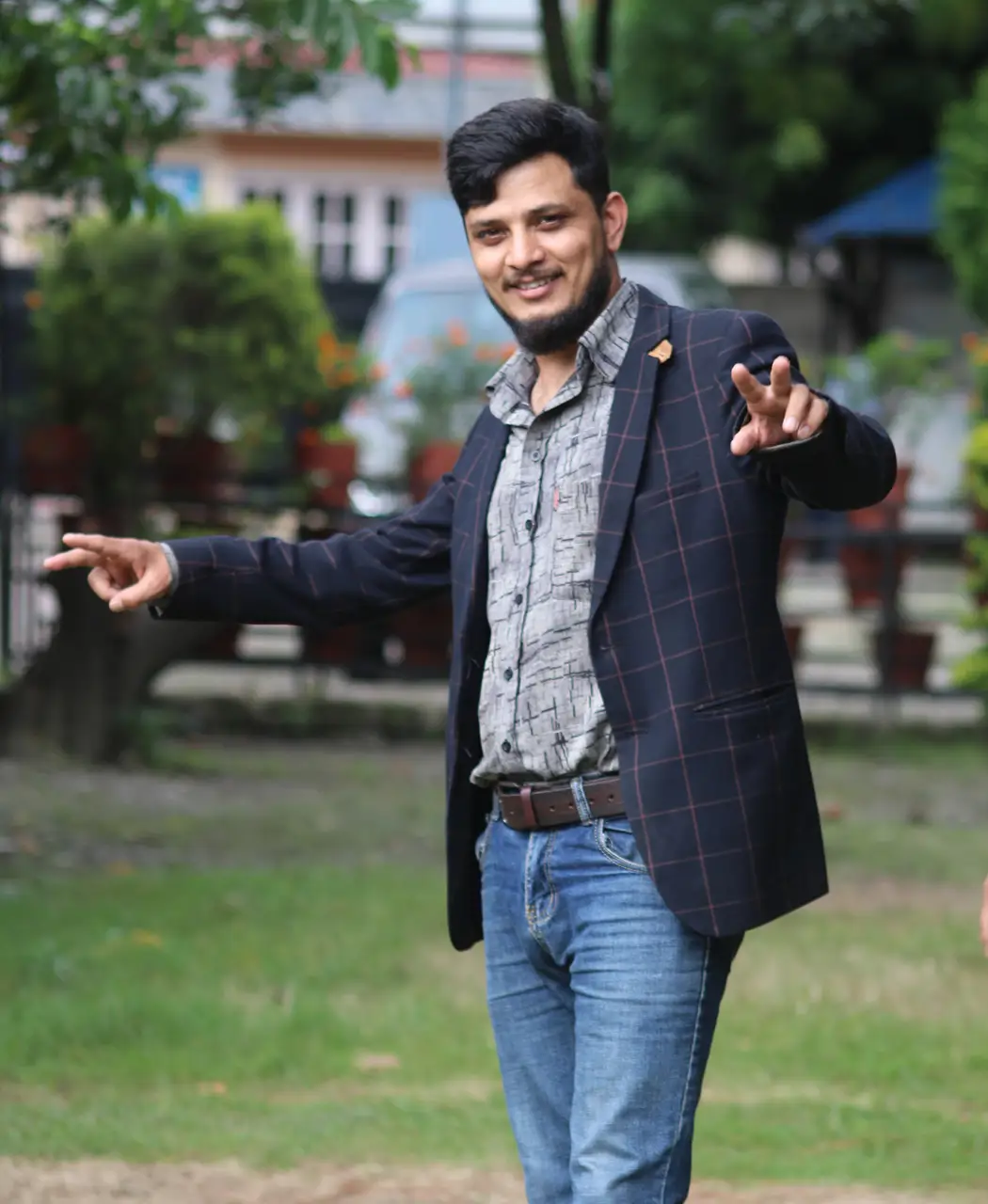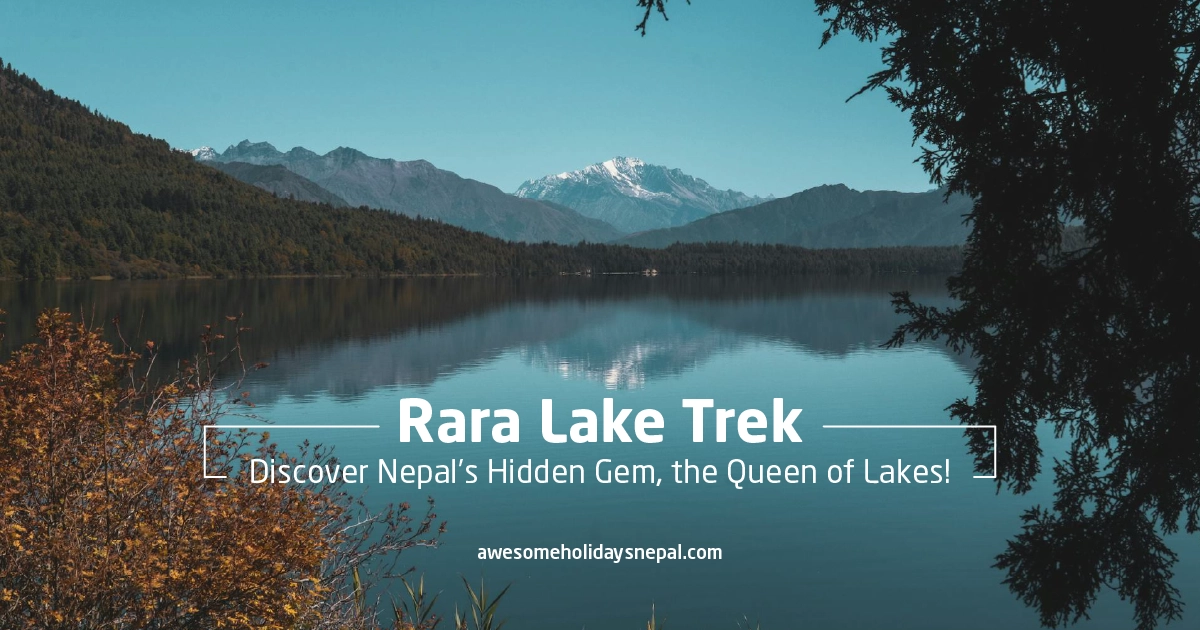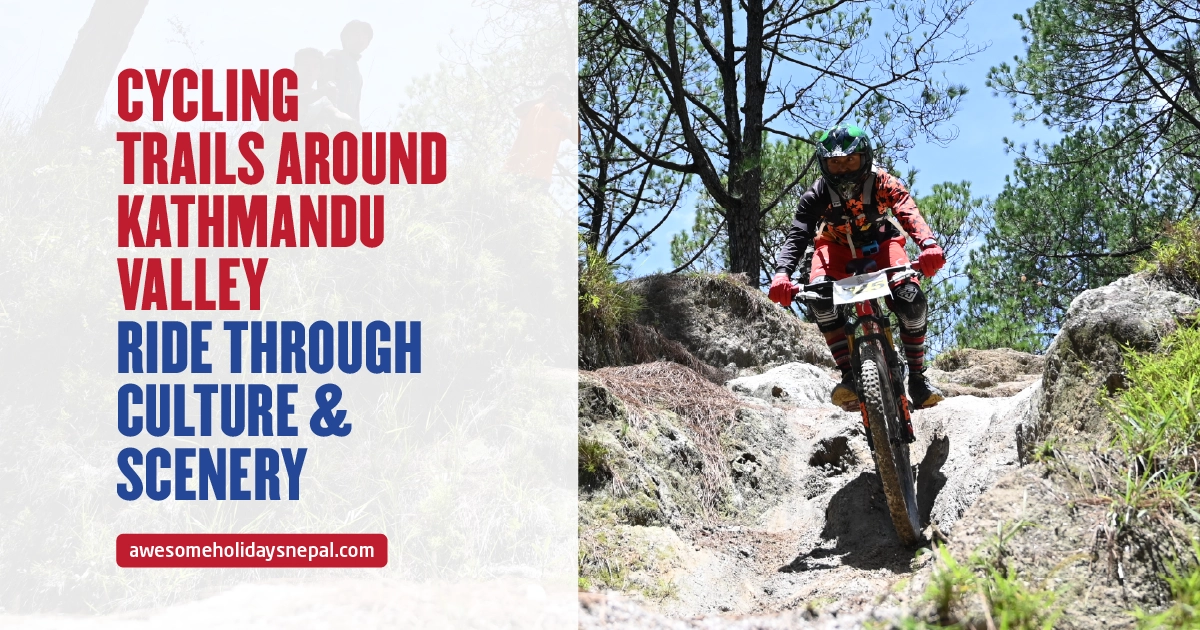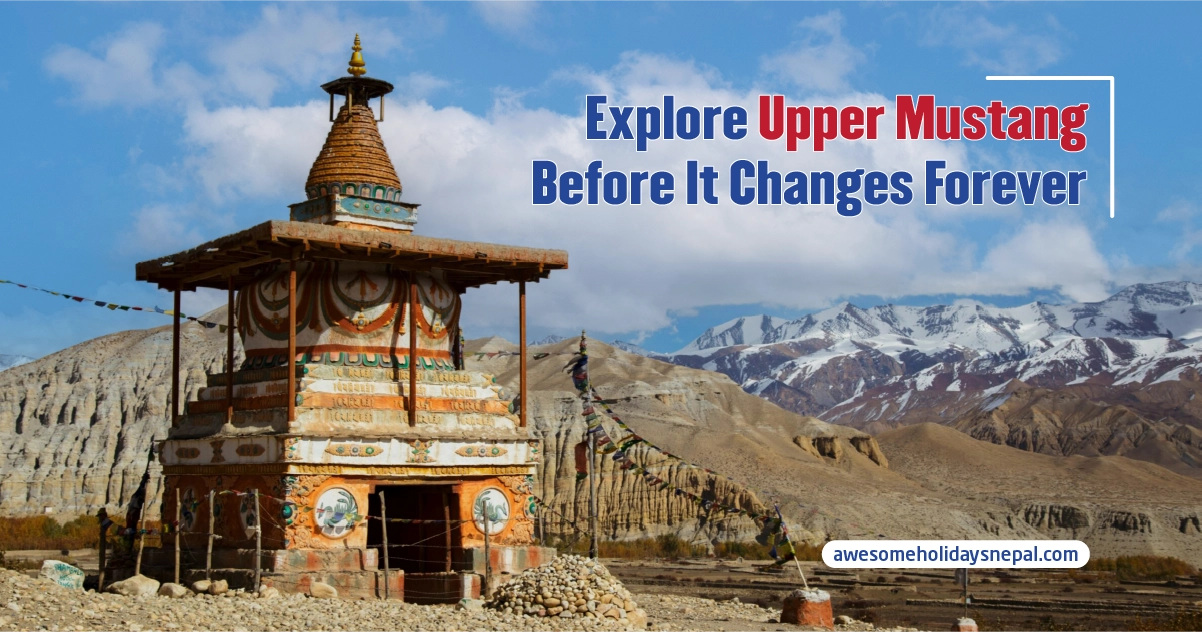Traveler’s Guide: How to Pack for Trekking in Nepal?
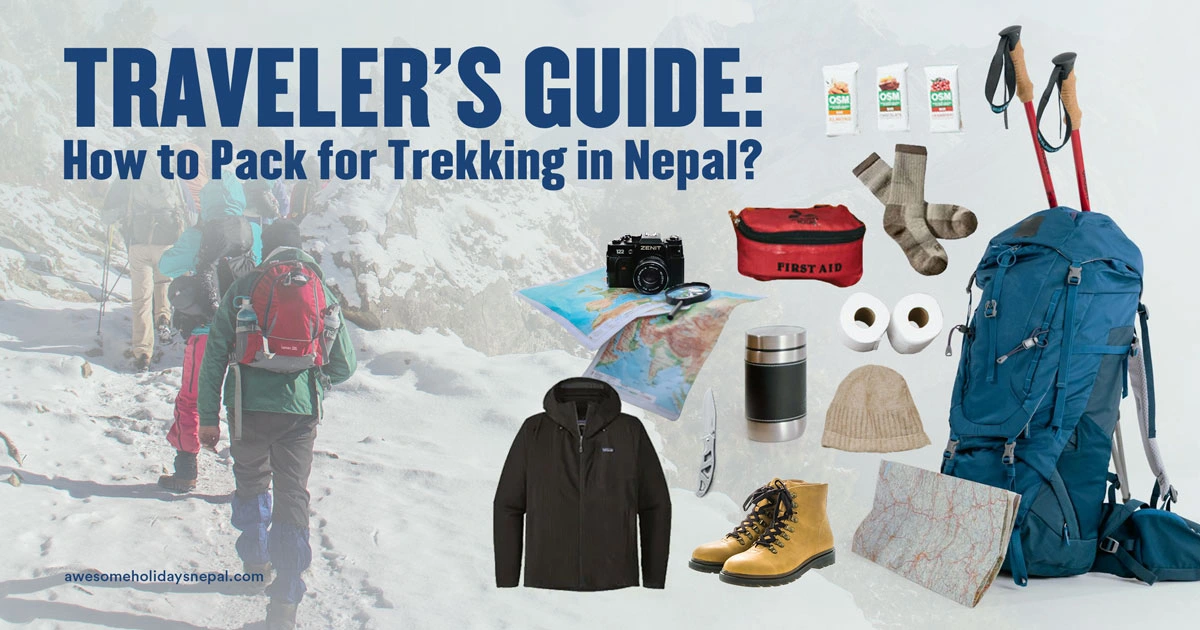
Trekking in Nepal offers the adventure of a lifetime! The breathtaking Himalayan vistas, vibrant rhododendron forests, and culturally rich trails are always waiting to be explored. But dragging a heavy backpack over rugged terrain can quickly turn your dream trek into a backbreaking ordeal. This is precisely why you should know how to pack for trekking.
Packing light for trekking isn’t just a skill. It’s an art that can transform your trekking experience, allowing you to focus on sightseeing stunning landscapes and the adventure of the trail. Packing light can save energy and provide you with enough time to enjoy rather than hanging the weight on your shoulders.
Are you ready to master packing light for your Nepal trek? Let’s dive in!
Packing for a trek in Nepal?
It might sound childish to many, but making a written packing list for trekking is always necessary. Before you dump the items inside your bag, think twice and make a practical packing list.
To make it easier for the organization, divide the items categorically and tick off the packing list. Printing out the items might be even more helpful and, in fact, a minimalist approach to packing for the trek.
Besides, several factors contribute to packing right and light way for trekking in Nepal. Here are a few of them:
1. Choose the Right-Sized Bag
Consider the number of days you will be traveling. Depending on the duration, opt for smaller-sized backpacks over larger ones. The features and compartments also matter while choosing the right-sized bag. Ensure the bag has comfortable straps that will comfort your shoulders and spine. Choose a lightweight bag with water-repellent material. Some bags have an inbuilt protector and cover. The capacity of the bags is measured in liters, ranging from 20 L to 80 L+.
The trek to Everest Base Camp is a bit longer than the Annapurna Circuit Trek. Also, trekking in the Annapurna region is considered easier. A smaller backpack will work for the Annapurna Circuit Trek, whereas the Everest Base Camp trek requires a larger backpack.
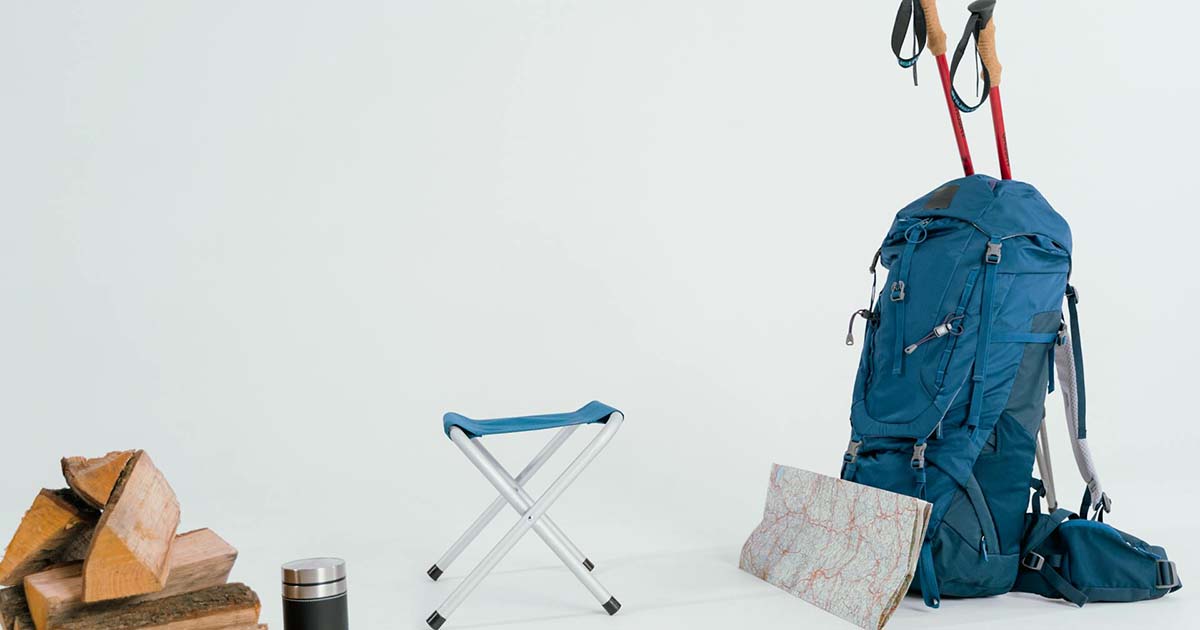
Wait a minute. You don’t have a trekking bag, do you? Don’t worry. You can buy trekking bags and all the materials needed in Kathmandu and Pokhara. Thamel in Kathmandu has numerous shops supplying trekking bags and gear at reasonable prices. You can also rent some of them.
Here is a list of some renowned trekking gear brands in Nepal:
- Black Yak
- Karma Gear
- KTM CTY
- Makalu E-Traders
- Manaslu Trekking and Camping Center
- Marmot
- Mountain Hardwear
- Sherpa Adventure Gear
- The North Face
- Trekking Gear Nepal
2. Choose Essential and Versatile Clothing
Bringing layers instead of bulky items is the key to making trekking joyful. Always think smart while choosing the layering. Pack versatile layers that can be easily removed or put on to adjust to the weather or temperature.
Choose quick-drying fabrics, as you may need more time to dry your clothing during the trek. Bring moisture-absorbing base layers, insulating mid-layers, and a waterproof outer layer. One or two pairs of quick-dry pants and one pair of detachable pants will be easier to use.
3. Minimal Toiletries and Personal Items
Packing toiletries can be tricky, especially for women trying to pack light. It would be best to think outside the box to pack the perfect amount of travel toiletries while walking the absurd ups and downs of the Himalayas of Nepal.
Get a toothbrush and a travel-sized toothpaste. Multipurpose solid soap that will care for your delicate skin and wash clothes will work better. Also, get a small tube of sunblock, hand sanitizer, and a comb.
Make a compact first aid kit with essentials like bandages, medicines for altitude sickness, your prescribed medication, blister treatment, tissue or toilet paper, and, ladies, don’t forget your sanitary pads.
What to Pack for Trekking in Nepal? Consider the 1-2-3-4-5-6 Rule
The 1-2-3-4-5-6 rule is a simple and effective method followed by trekkers to select what they need to pack light and efficiently, which includes the following:
- 1 pair of shoes, along with a pair of sandals, can be handy
- 2 pairs of trousers
- 3 tops/t-shirts (long-sleeve base layer, mid layer, windproof Jacket)
- 4 pairs of socks and undergarments
- Five pairs of Accessories that include a hat/cap, gloves, UV ray protection trekking sunglasses, a buff or scarf, and a towel or tissue paper.
- The 6 Essential toiletries, including toothpaste and toothbrush, sunscreen (SPF 50+), a first aid kit, a water bottle or hydration bladder, a headlamp with batteries, a Phone, a camera, and a charger.
- Trekking in mountainous regions during winter can have a different setup. You need to add some extra pieces of clothing. Additional down jackets and a sleeping bag can be kept on the list.
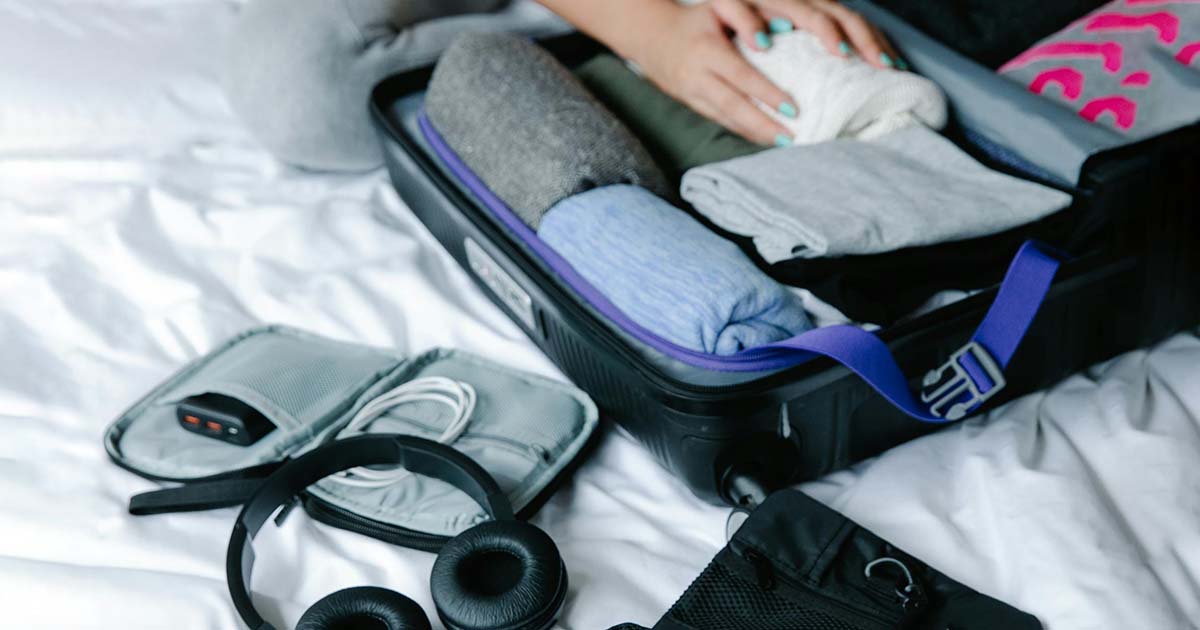
Choose Multi-Purpose Items
When packing for a trek to the Himalayas of Nepal, always choose multiple items to maximize efficiency. Take convertible pants that can be used as full-length pants or zipped off into shorts. A buff or neck gaiter is a scarf, headband, face mask, or sweatband. Likewise, the fleece jacket acts as a mid-layer for warmth and is rolled to make a pillow.
Take biodegradable soap to wash your body, hair, and clothes. Microfiber compact towels are fast-drying and useful for bathing, wiping sweat, or wrapping. Take adjustable trekking poles that support your knees on the trail and double as tent poles if needed. A water bottle with built-in filters will provide clean drinking water and help reduce plastic bottles.
Don’t forget a multi-tool like the Swiss knife, which includes a knife, scissors, a can opener, and a screwdriver in one compact device. Some brands even include a spoon or a fork to make your lunch memorable. Some extra spare dry bags might help you protect your clothes and electronics from moisture and rain.
Choose the Best Quality Trekking Boots
Trekking boots are the most important gear that directly affects your trek. Your trekking boots can make or break your once-in-a-lifetime experience. The boots must be of the best quality, ensuring safety on rugged terrain.
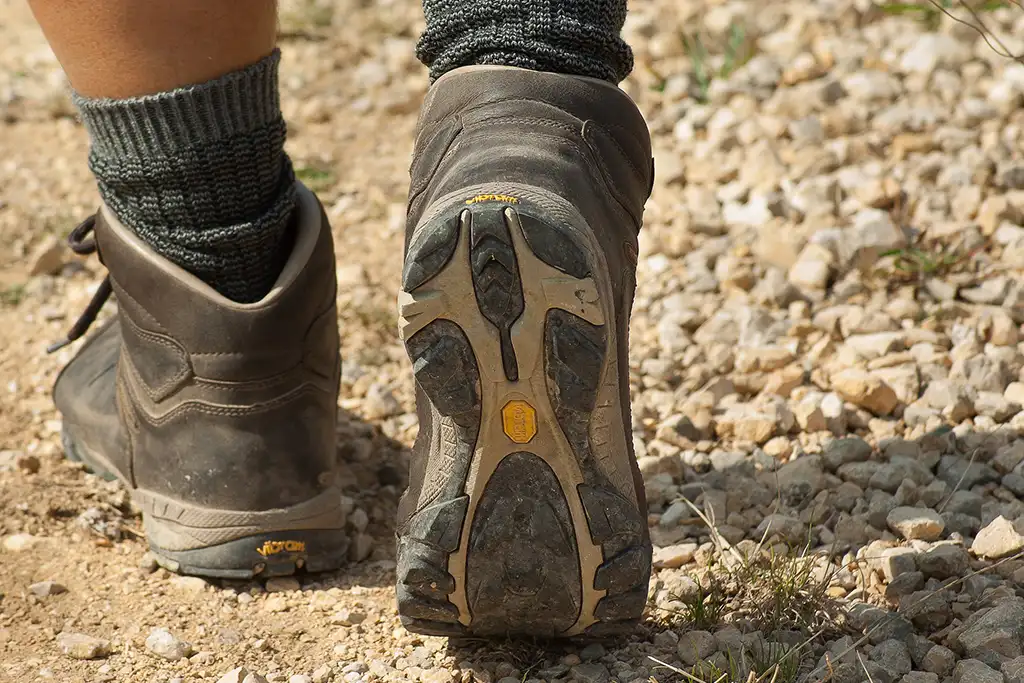
All kinds of trekking boots, ranging from lightweight to heavyweight, can be worn depending on your comfort. Ensure the presence of sturdy soles that provide excellent grip on rocky, muddy, or icy trails.
High-cut boots provide better support for your ankle and reduce the risk of sprains on uneven terrain. Ensure the boots allow space for ventilation to prevent sweaty feet and blisters. Keep your shoes dry with waterproofing materials like Gore-Tex to keep your feet dry, especially during rain.
What’s not to miss out on? Carry Your Essential Documents
To make your traveling joyful and hassle-free, you need to always carry some documents with you. Ensure you have a valid passport and a visa from the Nepal government. A trekking permit is mandatory for all kinds of trekking routes in Nepal. For more details about the visa and trekking permits, check the Department of Immigration of Nepal’s website.
Some other important documents that you should keep with you are:
- Driver’s license (or equivalent other ID)
- Travel Insurance
- Some passport-sized photos for permits and visas.
- Trip itinerary and a site map
- Reservation confirmations (flight tickets, hotel bookings, etc.)
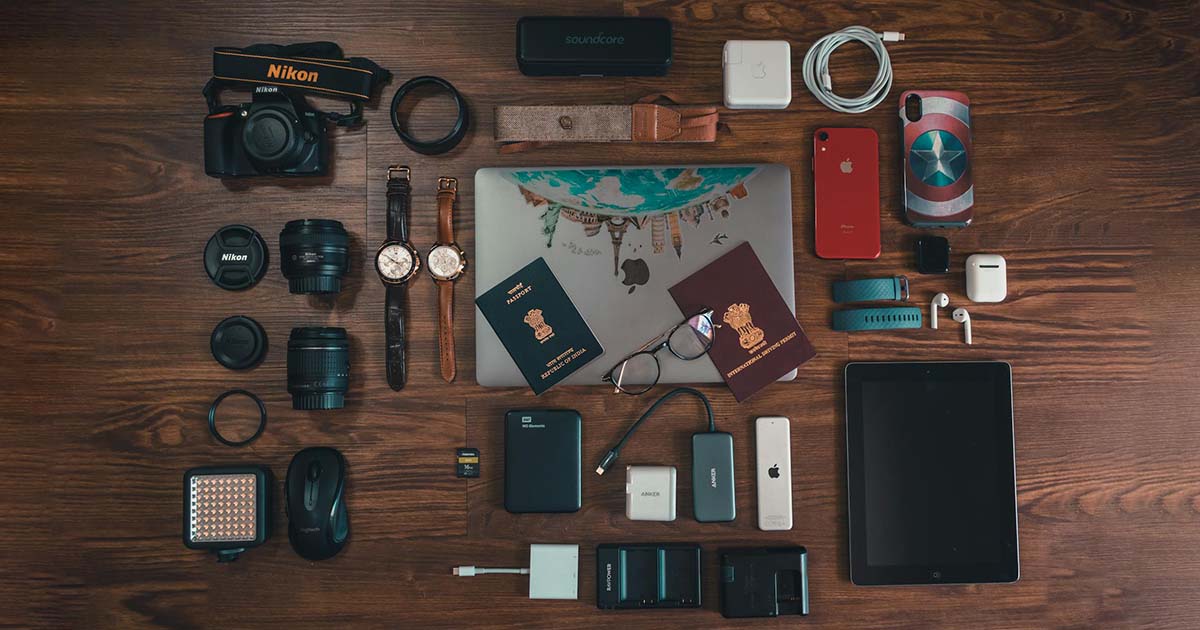
Remember to keep a soft copy and a Xerox of the scanned documents. Keep a list of key phone numbers of your family, guide, companion, and others you can contact in an emergency, and store them separately from your phone.
Carry Nepali Currency in Cash
Though various currencies can be exchanged in valid banks or licensed money exchanges, you will not find such exchange facilities in remote destinations. They are available only in major cities like Kathmandu, Pokhara, and Chitwan. Keeping change in cash below Rs. 100 might always be easy to pay for smaller stuff.
What not to pack? Must-Haves vs Nice-to-Haves
Packing smartly involves distinguishing between the essential and optional items that look nice to carry but are also necessary for your journey. Some non-negotiable items include moisture-wicking base layers, insulating mid-layers, and a waterproof outer layer.
It would be best if you also had a pair of quick-drying trekking pants and shorts, along with some pairs of socks and dinnerware. Accessories to keep yourself warmer, like gloves, a neck gaiter or scarf, and an ear-covering cap for high altitudes, are also necessary. Other must-have items include light gear, backpacks, trekking poles, hydration bladders, and headlamps.
And don’t forget to carry an offline map for efficient navigation.
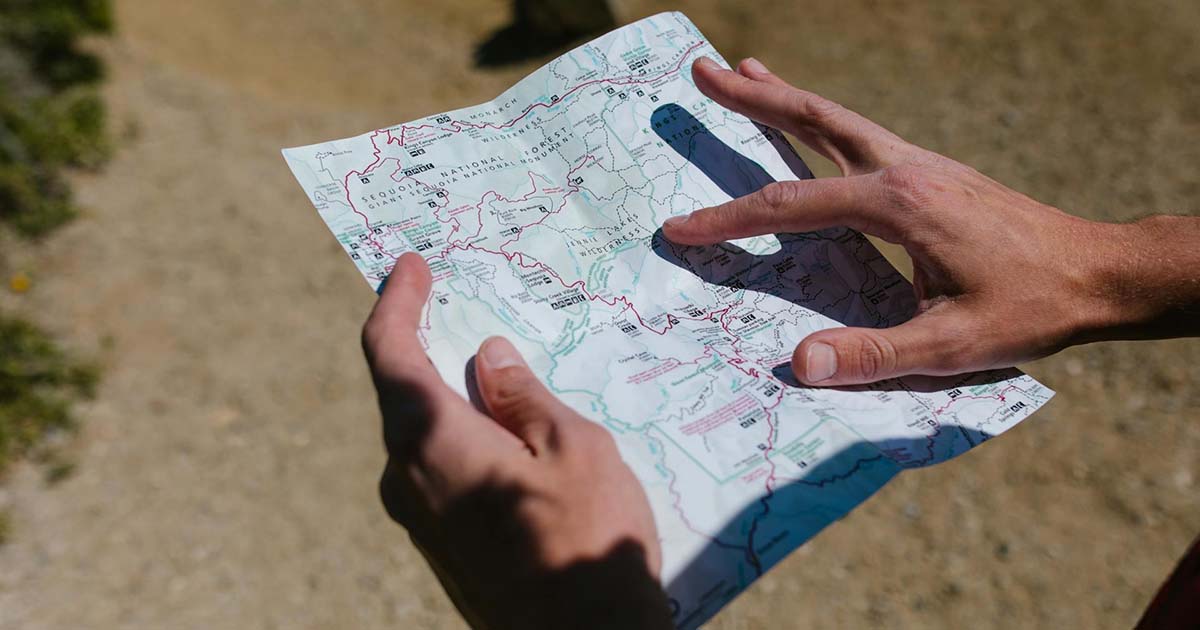
Nice to Have, But Not Necessary
Fashionable articles of clothing enhance your travel and make you stylish, but do you need them when traveling to the mountains? Why do you want to carry heavy jeans and bulky sweaters? It’s your guts and love for mountains that matter. Limit the electronic gear, laptop, and too many lenses for your camera, and avoid bulky books. Carry a thermos flask, but there is no need to carry fancy mugs.
You need a basic layer of sunscreen to protect your skin from the cold, but avoid full-sized shampoo or soap bottles. Tea houses established in trekking routes like ABC, EBC, Langtang, and Mardi Himal will provide you with food and a warmer place to stay.
However, a sufficient number of teahouses are unavailable on the trails of Kanchenjunga and Manaslu. It would help if you had a full package of items and certified porters to assist you along the way. Carry lightweight snacks and energy bars rather than canned food.
What about a watch? You might need one only if it’s digital and has modern features that monitor your heartbeat. Keep your heavy watch and jewelry safe at the hotel and return them when you return.
A Good Pair of Shoes is a Must
A good pair of trekking boots is like water for the body; you might survive a short time without them, but they won’t last long. If you need a good pair of trekking shoes, you can buy them at Thamel in Kathmandu or Pokhara. But try them on with the socks you will wear while on the trek, and walk a few steps to ensure they fit.
Check the stitching, laces, eyelets, and durability of the shoes for quality assurance. Bend the sole to ensure it is flexible yet supportive. Trekkers mostly love boots from brands like Salomon, Merrell, La Sportiva, Scarpa, and Lowa.
Get Your Necessities Last Minute
No matter how well we pack, something always goes missing. If you encounter such a situation, there are good stores in Kathmandu and at most of the trek’s starting points. Luckily, if you are in bigger towns like Chitwan, Pokhara, or Kathmandu, you will most likely find the branded ones too. If you need any help packing your bag, get our experts from Awesome Holidays Nepal.
FAQs
Expand AllIs there any trekking route in Nepal suitable for beginners?
Yes, Nepal offers a variety of trekking routes suitable for beginners. Ghorepani Poon Hill Trek, Mardi trek, Annapurna Base Camp Trek and Langtang Valley Trek are some of them.
What is the best time to go trekking in Nepal?
The best time to go trekking in Nepal are spring (March to May) and autumn (September to November). These two seasons have stable and pleasant weather conditions.
Do I need to hire a guide for trekking in Nepal?
Some trekking routes are good for solo treks whereas it is mandatory to hire guides on some trekking trails. Hiring a guide is recommended for safety and better navigation, especially in remote areas.
How physically fit should I be for trekking in Nepal?
Different treks have different difficulty levels, so your physical preparation should match the challenge of the trek you plan to undertake.
Are there altitude-related risks during trekking in Nepal?
Yes, altitude sickness is a common problem during trekking above 3000m in Nepal. If not identified and treated on time, it can be fatal. Acclimatization and staying hydrated are essential to minimize the risks.
What is the best time of year to go trekking in Nepal?
The best seasons are spring (March–May) and autumn (September–November), offering clear skies and pleasant temperatures.
What should I pack for a multi-day trek?
Essentials include proper trekking boots, layers of clothing, a good backpack, water bottles or a hydration bladder, snacks, a sleeping bag, first-aid kit, sunscreen, and a headlamp. A detailed packing list can be added to your blog.
How do I prevent altitude sickness?
Altitude sickness can be minimized with proper acclimatization, ascending slowly, staying hydrated and avoiding alcohol. If symptoms worsen, they descend immediately.
Can I charge my devices during the trek?
Yes, with an extra money, you can charge your devices in remote areas. Consider bringing a power bank or solar charger during walking trails.
What food options are available during the trek?
Teahouses offer basic meals like traditional dal bhat, noodles, pasta, eggs, and soups. Vegetarian meals are widely preferred in high mountains.
How much money should I carry during the trek?
Your budget depends on the trekking route you are walking. Carry enough cash as ATMs are not available in remote areas.
How do I prepare mentally for a trek?
Trekking is not just a physical activity but a balance between body and mind. so staying calm and motivated is key. Practice patience, adaptability, and a positive mindset.
Related blog posts
Discover a choice of tourist destinations loved by most of our visitors. Whether you're on a jungle safari to spot rare animals or walking through a world heritage site, these well-planned itineraries cover the major highlights of Nepal.
